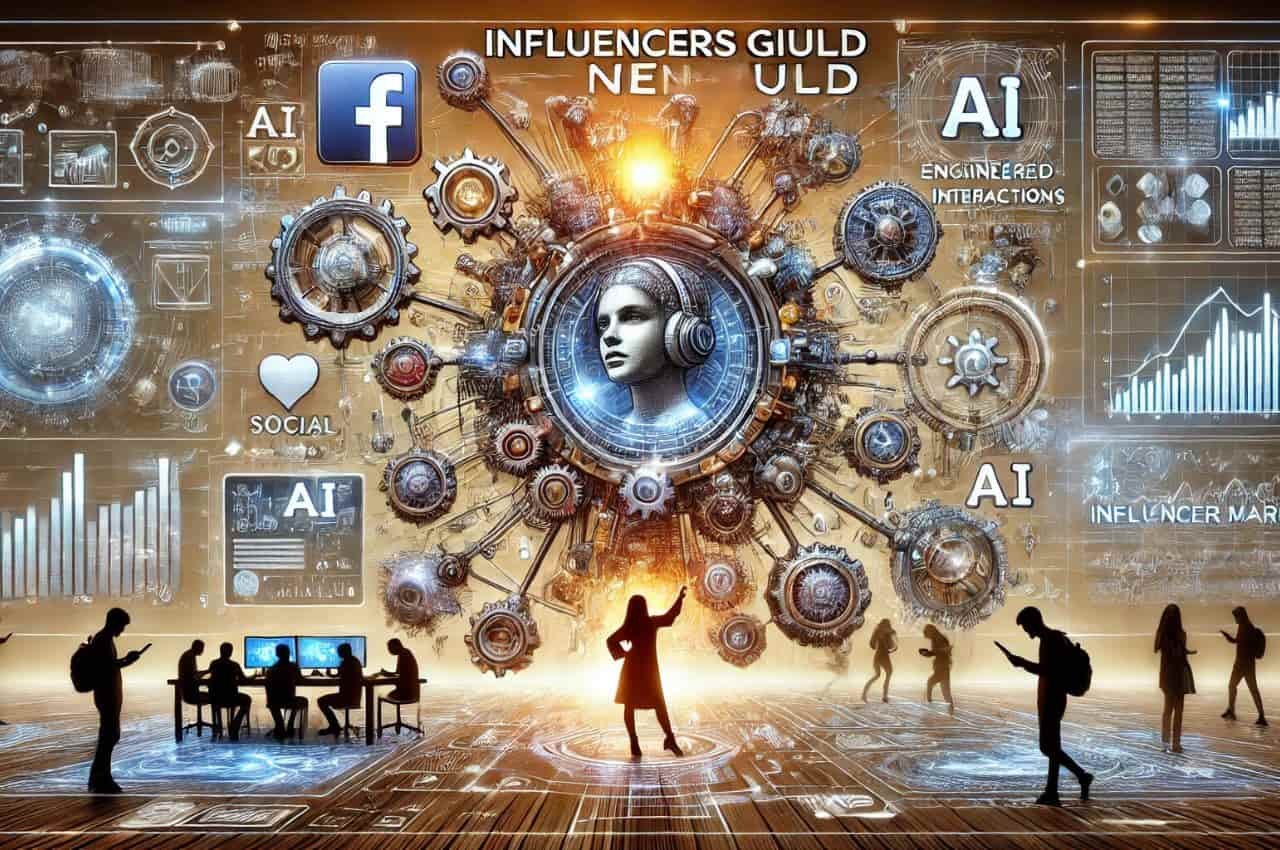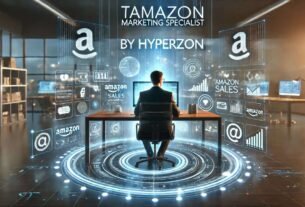In the world of digital marketing, one term that has been making waves is influencersginewuld. A blend of influencer marketing and engineered interactions, this emerging concept represents a significant shift in how brands collaborate with influencers. No longer is the focus solely on influencers’ reach or aesthetic appeal. Instead, there’s a growing emphasis on data-backed decisions and tech-driven strategies that optimize every interaction.
In this article, we will delve into what influencersginewuld means, how it’s transforming the digital marketing landscape, and why businesses must adopt this innovative approach to stay competitive.
Understanding Influencersginewuld: The Fusion of Two Powerful Forces
At its core, influencersginewuld is a hybrid of two significant elements: influencer marketing and engineered interactions. Influencer marketing, as most of us know, involves partnering with individuals with a significant social media presence to promote products or services. These influencers wield immense power over their audience’s purchasing decisions and brand perceptions.
However, as the influencer marketing landscape matures, brands and marketers realise they need more than just social media stars with large followings. They need data, insights, and predictive analytics to understand consumer behaviour and maximize return on investment (ROI). This is where engineered interactions come in. Engineered interactions leverage artificial intelligence (AI), machine learning (ML), and big data to create precise, targeted influencer campaigns that resonate with the right audiences at the right time.
Thus, influencersginewuld represent the next logical step in the evolution of influencer marketing: a more calculated, data-driven, and tech-enhanced approach to influencer collaborations.
The Evolution of Influencer Marketing
To understand the significance of influencers, it’s essential to first look at the evolution of influencer marketing. Initially, influencer marketing was somewhat of a Wild West—brands would partner with influencers based on their follower count or celebrity status without much insight into the audience’s behaviour or preferences.
Over time, however, this approach has become less effective. The rise of ad blockers, distrust of traditional advertising, and the oversaturation of influencer content led to diminishing returns. Marketers realized that to drive value truly; they needed a deeper understanding of their target audience beyond surface-level demographics. They needed to optimize campaigns for engagement, relevancy, and conversions—something that data and technology could enable.
This shift has brought about the rise of tech-powered solutions, where AI, predictive analytics, and data-driven insights are now integral parts of influencer campaigns. Brands are no longer simply asking, “Who has the largest following?” but instead, “Who has the most engaged audience for my product?” and “How can we deliver personalized experiences at scale?”
Data-Driven Strategies: The Backbone of Influencersginewuld
The key to influencersginewuld is using data and analytics to engineer more meaningful interactions between brands and influencers. Here’s how data-driven strategies are enhancing influencer marketing:
1. Audience Insights and Segmentation
With the help of AI and big data, brands can gain deeper insights into the interests, behaviours, and preferences of an influencer’s followers. Gone are the days when marketers had to rely on basic metrics like follower count or engagement rate alone. Data analytics now allows audience segmentation, identifying subgroups within an influencer’s following that align more closely with a brand’s target market. This precision enables brands to connect with the right audience at the right time, increasing the likelihood of successful conversions.
2. Predictive Analytics for Campaign Optimization
Predictive analytics takes data-driven influencer marketing a step further. By analyzing historical data and trends, brands can predict how well a particular influencer or type of content will perform in the future. This allows marketers to make more informed decisions when selecting influencers and designing campaigns. Predictive models can even determine the optimal times to post, the type of content that will resonate most, and how to structure partnerships for maximum ROI.
3. Real-Time Metrics and Feedback
Another critical aspect of influencersginewuld is the ability to track and adjust campaigns in real time. Through AI-powered platforms, brands can monitor influencer content, track engagement, and measure conversions as the campaign unfolds. This data enables marketers to tweak strategies on the fly, ensuring that campaigns stay relevant and practical throughout their duration.
4. Automated Content Creation and Distribution
AI and machine learning algorithms also allow for content creation and distribution automation. Brands can use AI to suggest personalized content ideas to influencers based on their audience’s preferences, trends, and interactions. These tools can also help optimise influencer content distribution, ensuring it reaches the right people on the platforms.
Benefits of Influencersginewuld for Brands
Influencersginewuld offer several critical benefits for brands looking to stay ahead of the competition:
1. Improved Targeting and Relevance
With the help of data and technology, brands can create hyper-targeted influencer campaigns that speak directly to their audience’s needs and wants. By understanding which influencers’ followers align with their ideal customer profiles, brands can increase the relevance of their campaigns, resulting in better engagement and higher conversion rates.
2. Enhanced ROI
By utilizing predictive analytics and real-time performance tracking, brands can make data-backed decisions that optimize their spending. The result is a more efficient use of marketing budgets, with campaigns that yield a higher return on investment than traditional influencer marketing methods.
3. Stronger Brand-Influencer Relationships
Data and tech also help to strengthen the relationships between brands and influencers. By providing influencers with insights about their audience and the performance of past campaigns, brands can foster more collaborative and strategic partnerships. This leads to more authentic and effective marketing collaborations that resonate with consumers.
The Future of Influencersginewuld
As we look toward the future, it’s clear that influencersginewuld will continue to evolve. With advancements in AI, augmented reality (AR), virtual reality (VR), and other emerging technologies, influencer marketing will become even more immersive and personalized. Brands can craft even more customized experiences for their target audience, creating more profound, more meaningful connections between consumers and influencers.
Moreover, as privacy concerns grow and regulations around data use tighten, brands will need to ensure that their data use is ethical and transparent. The future of influencersginewuld will likely involve a balance between leveraging technology to optimize campaigns and respecting consumer privacy.
Final Thoughts
Influencersginewuld represents the future of influencer marketing—an era where data and technology converge to create more effective, targeted, and personalized campaigns. By harnessing the power of predictive analytics, AI, and machine learning, brands can drive better results and foster stronger relationships with influencers and consumers.
As this trend continues to grow, businesses that embrace data-driven influencer collaborations will be better positioned to succeed in an increasingly competitive digital landscape.

Arrow Hayes is a writer and the mind behind TechReverbs.com, dedicated to simplifying technology for everyday users. With expertise in emerging trends and practical insights, Arrow delivers concise, valuable content to keep readers informed in the fast-paced digital world.



